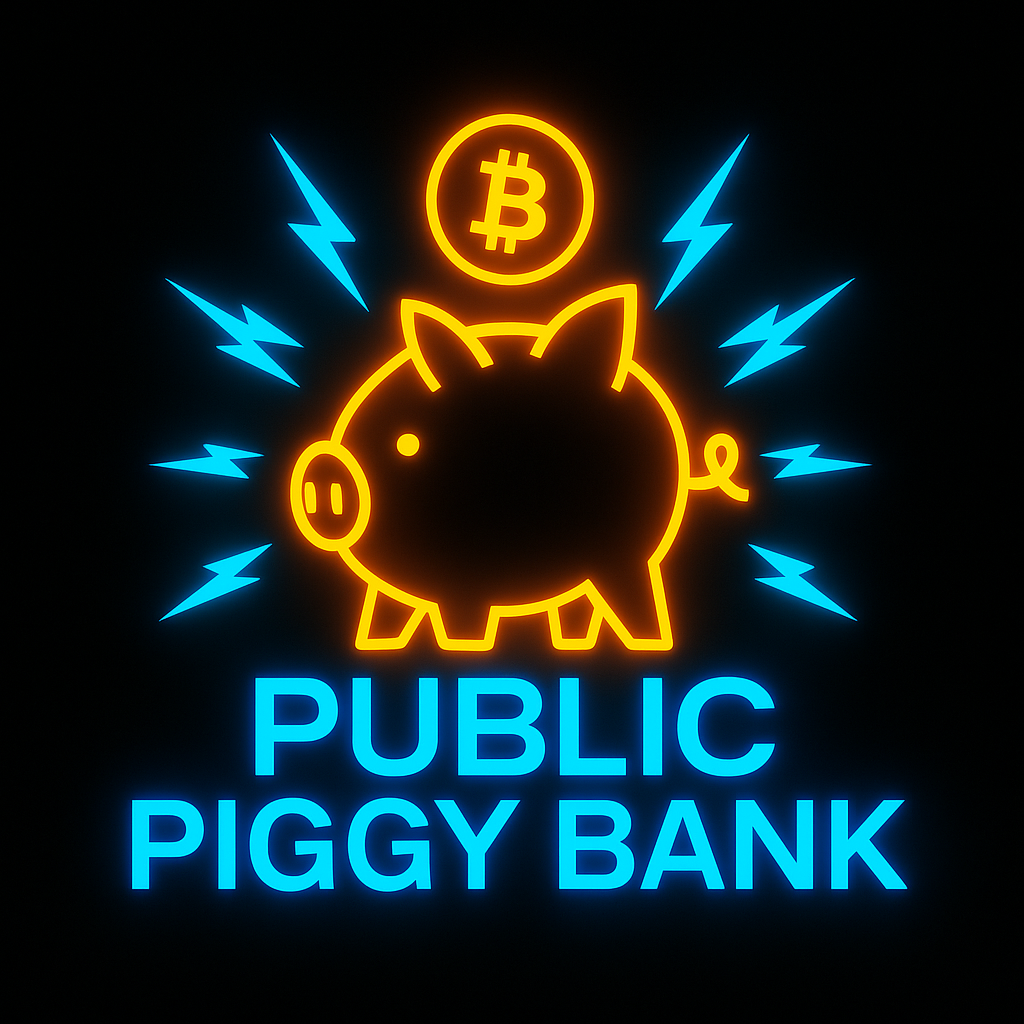
What Is SHA-256?
SHA-256 stands for Secure Hash Algorithm 256-bit. It’s a cryptographic function — a tool that transforms any data into a fixed-length string of numbers and letters.
Think of it like this: You feed SHA-256 a piece of information — a name, a password, a full transaction, or even an entire block of Bitcoin data. And it processes that input into a unique digital fingerprint called a hash.
How It Works: The input can be anything: “Hello”, a PDF, or 100,000 Bitcoin transactions. The output will always be a 64-character string (256 bits), like this: e3b0c44298fc1c149afbf4c8996fb92427ae41e4649b934ca495991b7852b855 If you change even one letter in the input, the output becomes something completely different. Here’s the key: You can go from input → output easily. But you can’t go backward from output → input. It’s a one-way street.
Why SHA-256 Is Important
1. It’s Secure, it’s practically impossible to guess or reverse-engineer an input from its hash. No shortcuts exist — you’d have to try trillions of possibilities to break it, and even then, it’s unlikely.
2. It’s Consistent, Same input always gives the same output. Different input always gives a completely different output.
3. It Protects Integrity, if someone tries to tamper with a Bitcoin block, its hash changes — instantly exposing the fraud. Bitcoin links each block to the next by using the previous block’s SHA-256 hash, forming a secure, unbreakable chain. SHA-256 and Bitcoin
In the Bitcoin network, SHA-256 is used for: Miners try to find a hash that meets certain conditions (a number of leading zeros). This requires massive computation and energy, making it expensive to cheat.
Block Hashing: Each block’s contents are run through SHA-256 to generate a secure identifier.
Transaction Security: Transactions are hashed so no one can alter them without the entire network noticing.
Why It Can’t Be Faked, you can’t guess your way into a hash. You can’t reverse a hash to figure out the original data. You can’t produce two different pieces of data that have the same hash. That’s called a “collision,” and with SHA-256, it’s practically impossible.
Why It Matters: SHA-256 is the reason Bitcoin is trustless — you don’t need to trust anyone, not a company, not a bank, not even another person. Because the rules are enforced by math, not opinion. If it doesn’t hash right, it’s rejected. End of story.
SHA-256 is the unbreakable math that makes Bitcoin honest — turning every transaction into a fingerprint that can’t be forged, reversed, or faked.


